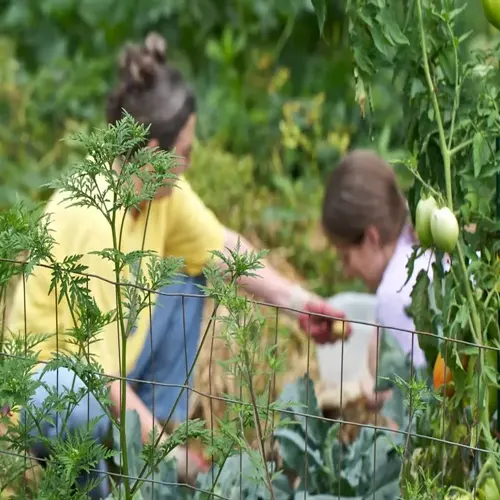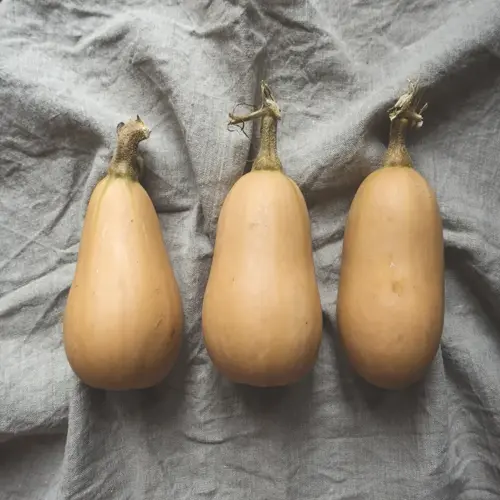How does soil moisture affect radish development?

Written by
Nguyen Minh
Reviewed by
Prof. Martin Thorne, Ph.D.Soil moisture has a direct impact on radish flavor, texture, and root development. The radish will be less likely to crack if you maintain consistent moisture while controlling the bitter compounds that make radishes spicy. If you allow them to dry out, the roots become bitter and woody. If the soil is too wet, the plant will continue to produce top growth and not form bulbs until there is a balance of moisture. To maintain good humidity, I check the soil daily with my fingers to ensure it is moist.
Root Development
- 40-60% soil moisture allows proper root expansion
- Dry conditions restrict downward growth causing misshapen bulbs
- Oversaturation reduces oxygen causing spongy texture
- Moisture fluctuations lead to cracking and splitting
Flavor Chemistry
- Consistent moisture regulates glucosinolate enzyme activity
- Dry soil increases pungency creating harsh bitterness
- Excess water dilutes flavor compounds making roots bland
- Ideal moisture produces balanced peppery notes
Growth Balance
- Damp soil promotes proportional top-to-root development
- Dry conditions stunt overall plant growth
- Waterlogging forces energy into leafy tops over bulbs
- Uneven moisture causes bolting in sensitive varieties
Maintain ideal moisture by using the finger test daily. Stick your finger in the soil to the second knuckle - it should feel like a wrung-out sponge. Water deeply when the first inch feels dry. I water in the early morning to avoid evaporation and the risk of disease. Straw mulch retains moisture evenly during hot periods.
Avoid extremes of moisture by appropriately preparing your soil. Use compost when working with clay soils to enhance drainage. If you're working with sandy soils, consider adding vermiculite, which will help improve water retention. Design the bed with a gentle slope to prevent puddling. Another method I use regularly is working with coconut coir, which enables me to maintain perfect moisture regulation throughout the entire growing season.
Identify moisture stress by visual plant cues. Wilting leaves mean dryness; yellow leaves imply too much water. Roots that are cracking imply too little or too much water. Make adjustments as soon as you see the symptoms. I keep a moisture log to see patterns and adjust my watering routine accordingly over time.
Using drip irrigation systems can automate moisture management. Utilize timers to provide consistent watering each morning. Install soil moisture sensors to deliver precise metrics. Position rain gauges to adjust for natural rainfall. Each of these items allows me to maintain optimal conditions during vacations.
Read the full article: 3 Signs to Know When to Harvest Radishes

